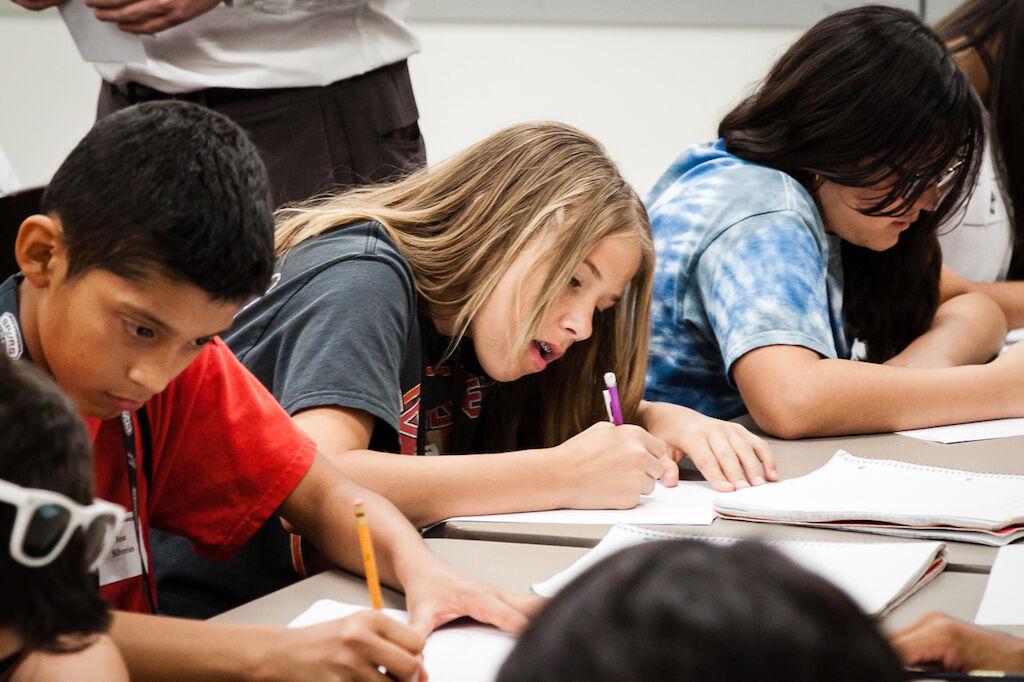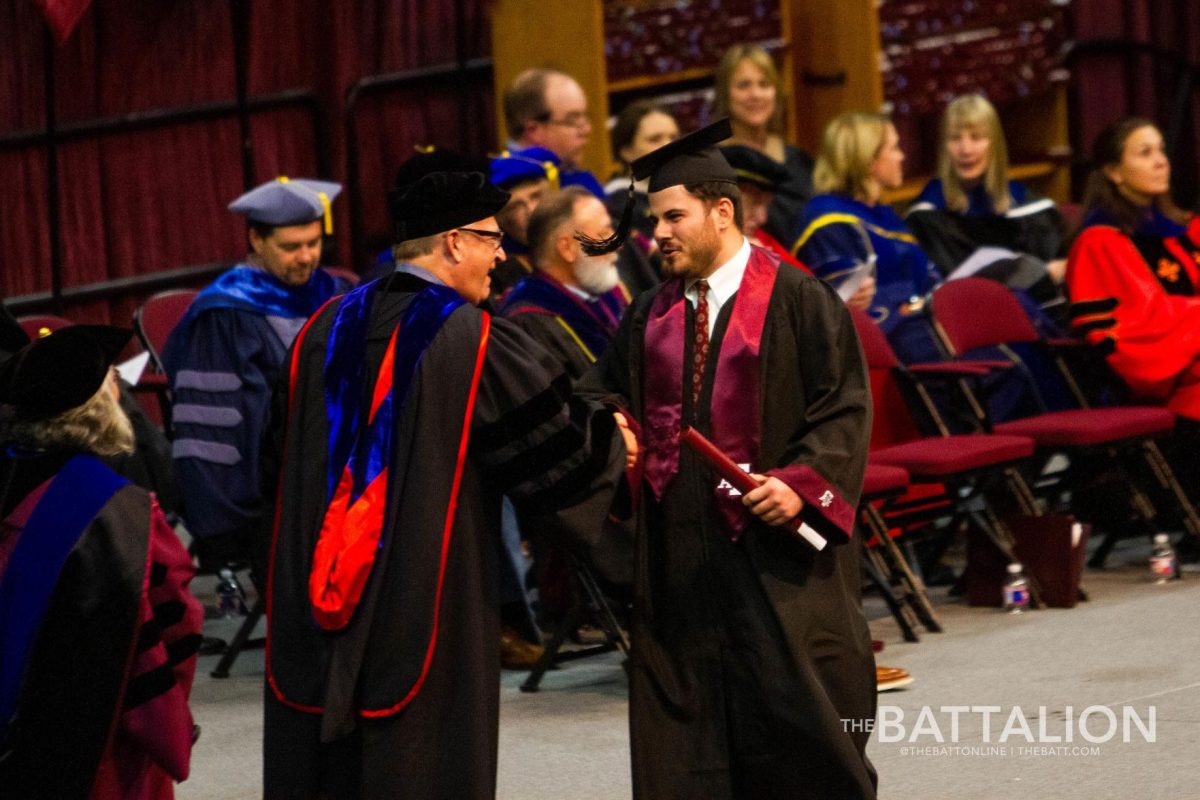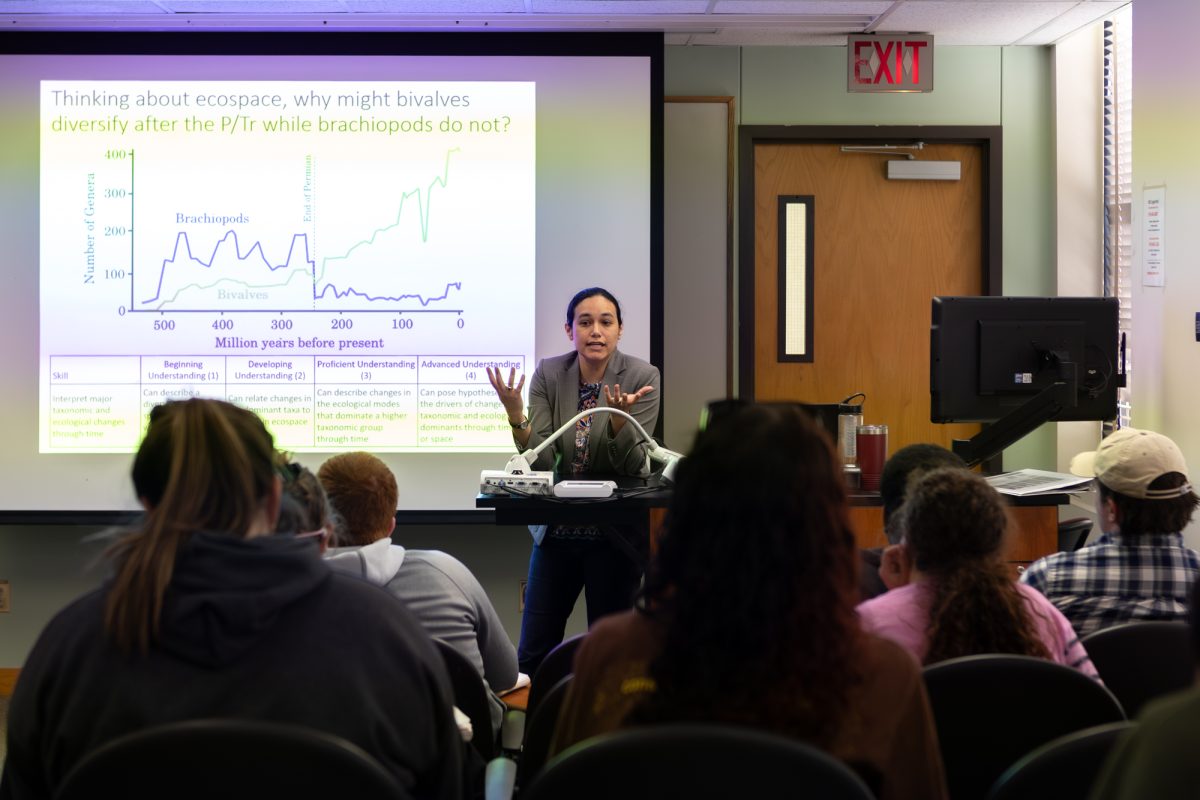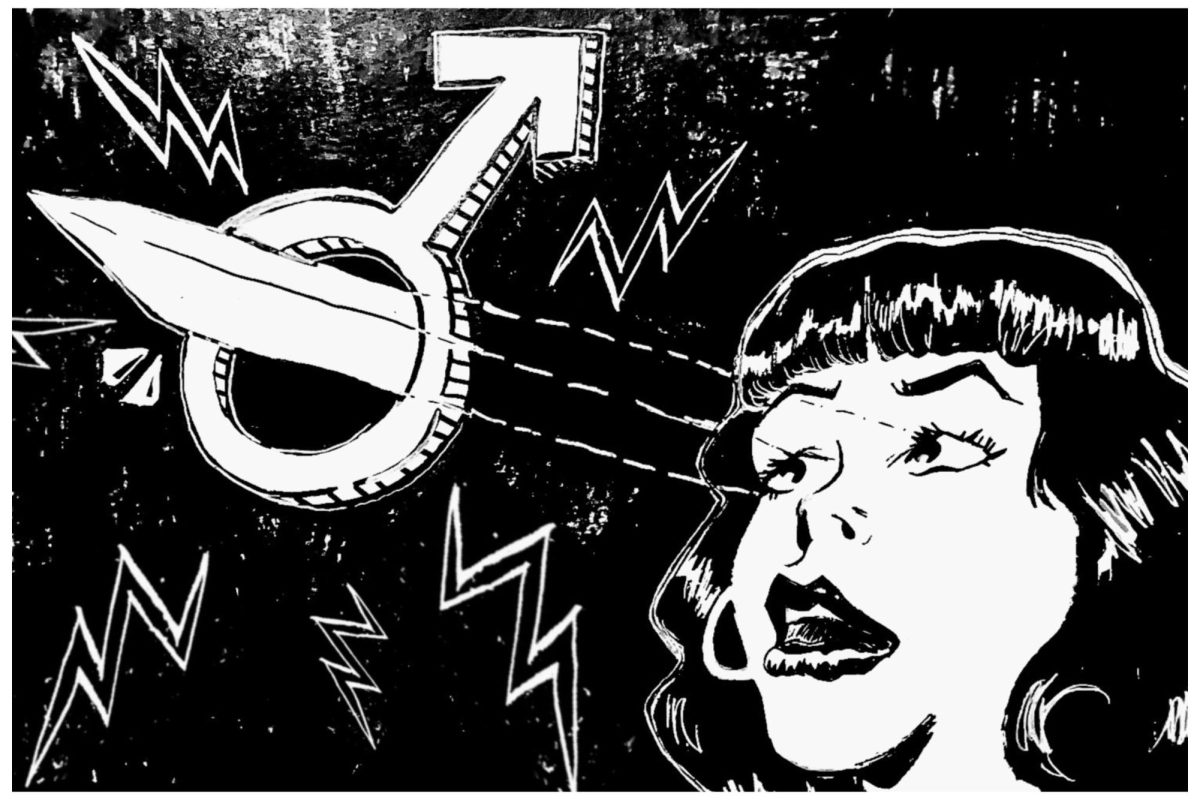Picture this: You peer over the bow of a ship and look toward the horizon. The sun is bright and its rays shimmer across the water.
“Quick — get off the ship, it’s sinking!”
You quickly turn around to the deck of the ship … wait … is that Gov. Greg Abbott shouting dire warnings as he tries to break through the hull with a hammer?
This is an absurd scenario. It is also the current predicament the Texas public school system finds itself in.
Texas ranks 44 in public K-12 funding per student — not far from dead last. Teachers in the Lone Star State make $7,500 less than their peers in other states on average and their retirement benefits rank 49 in the nation.
Oh, and of course, we can’t forget the fabricated moral panic surrounding “critical race theory” Abbott and other Republicans have cultivated, villainizing teachers, banning books from classrooms and pushing materials like Martin Luther King’s “Letter from Birmingham Jail” out of curriculum.
In addition, terrible acts of violence like those committed in Uvalde last year have yet again renewed conversations surrounding school safety. In the absence of meaningful actions by state leaders, the onus is on schools to develop more robust safety policies and precautions.
Figures like Abbott have spent their tenure pounding at the public education system with a metaphorical hammer. But fret not! Now that Texas’ leaders have undermined public schools, they’re here to feign surprise at the holes and leaks they’ve made to sell us the solution: School vouchers, specifically Educational Savings Accounts, or ESAs.
In short, ESAs would create an account for parents to access for education expenses. These funds could be spent by attending a public school or put toward private tuition — essentially allowing residents to take money that would go to their public school and funnel it elsewhere.
In other words, jump ship.
“Parents should not be helpless,” Abbott said at a Parents Empowerment Night event in Corpus Christi last week. “[Parents] should be able to choose the education option that is best for their child. The way to do that is with ESAs.”
While much of the rhetoric surrounding these policies are couched in a concern for resident’s lack of schooling options, it should be noted that Texas currently provides residents with a variety of educational opportunities. There are, of course, traditional public schools both in and sometimes outside of your district, charter schools, magnet schools, homeschool and, if you have the funds, private schools.
For all intents and purposes, this isn’t a conversation about “choice,” it’s about subsidizing private schools and services with your tax dollars.
Let’s be clear, doing so is a can of worms. For one, 60% of private schools in Texas are religiously affiliated — and yes — many of these schools inevitably preach doctrines you don’t agree with. While residents certainly have the right to enroll their child in a religious institution, that doesn’t entitle them to do so on Texans’ dime.
On the other hand, pushing education into the realm of private ownership means providers are incentivized to spend as little as possible on their services. Cheaping out on instructors, materials and curriculum means more money is left in their pockets.
Advocates of voucher programs insist competition between schools will result in innovation and better educational opportunities. But are ESAs and vouchers actually effective at improving educational quality? The evidence is murky at best.
For example, regarding a Milwaukee voucher program professor Joshua Cowen said his study of over 5,000 students found “very little” difference between voucher and public school test scores over five years. Indiana’s ESA program was met with especially bad results, with notable drops in math and reading scores.
But what about Texas? Similar legislation in the Legislative branch was killed in 2017 by … wait, let me consult my notes … Rural Republicans?
“In my district, public school is the community,” Republican State Rep. Gary Vandever said. “If we do anything to pull those students away [from public education], then we’re harming those communities.”
The opposition makes sense when considering rural regions simply don’t have the student population necessary to support one or several private schools — much less profitable ones. The logic of competition breaks down.
Since these communities have relatively few students, even a comparatively small amount of them leaving for surrounding area’s schools or spending their ESA funds on private services like tutors or online resources would strip their local school of much-needed resources — effectively condemning the remaining to an underfunded education.
Frankly, even if you think vouchers or ESAs are a good idea in concept, they simply aren’t a match for a state as rural as Texas in practice. Residents of The Lone Star State deserve quality, conveniently located schools, even if their community isn’t large enough to foster competition between private options.
So, before we jump ship and declare this whole ‘public education’ thing awash, perhaps it’s worth trying to patch the holes, or at the very least, tell Abbott to stop swinging.
Caleb Elizondo is a computer science sophomore and opinion editor for The Battalion.



























